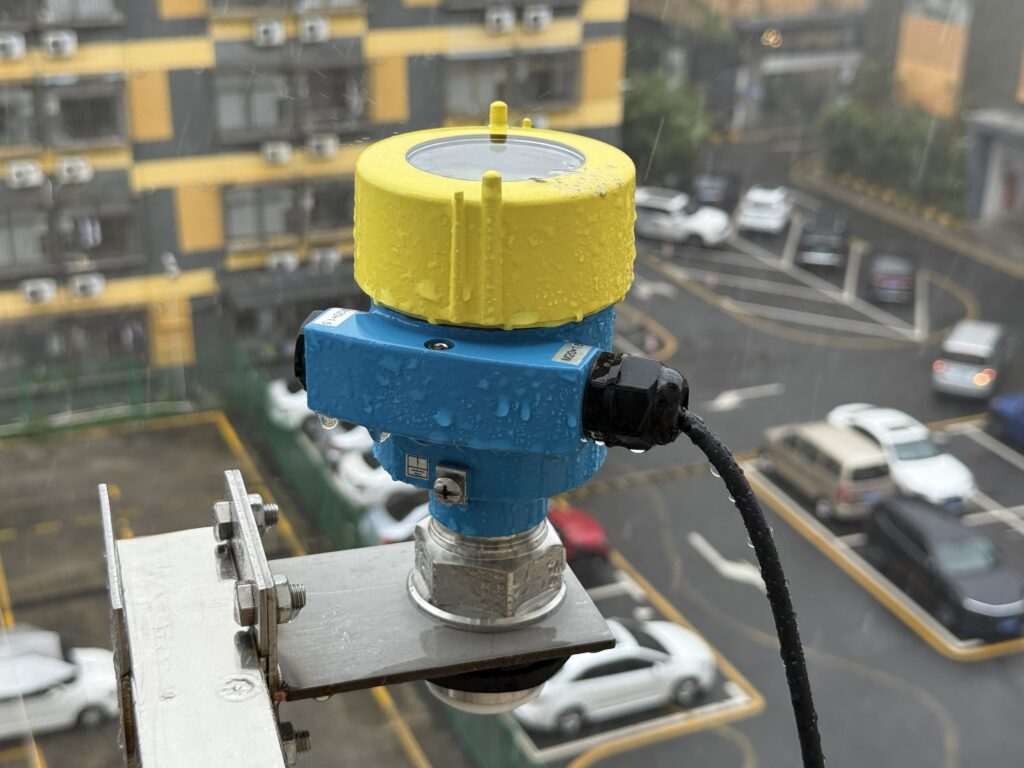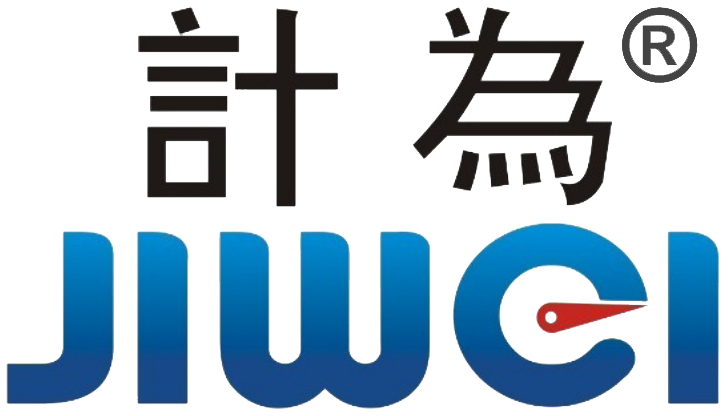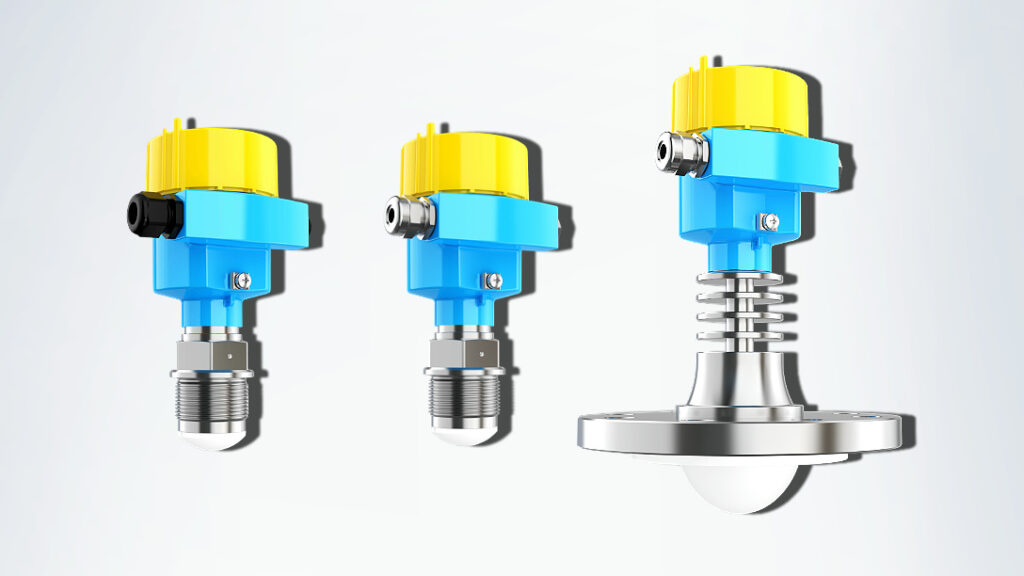Why Dynamic Range Matters in Radar Level Meters: Beyond Frequency and Beam Angle
In today’s rapidly advancing level measurement landscape, 80 GHz radar level meters have become the go-to choice for industries like chemical processing, pharmaceuticals, and environmental protection. Yet when selecting a radar level meter, people typically focus on frequency, measuring range, blind zone, and antenna design. One crucial—but often overlooked—performance metric is dynamic range. This defines how well the radar can detect faint echoes: can it penetrate foam, glass, or low-dielectric liquids? Can it handle condensation, buildup, and churning surfaces without losing accuracy?
What Is Dynamic Range?
In radar level meters, dynamic range is the ratio between the strongest echo the sensor can receive and the weakest echo it can reliably detect, usually expressed in decibels (dB). It essentially measures the sensor’s upper and lower “hearing” limits.
In everyday terms:
- A larger dynamic range lets the sensor “hear” even weak echoes—even if obscured by foam or glass.
- A limited dynamic range may miss weak signals, resulting in errors or lost measurements.
To illustrate, consider the bat—one of nature’s earliest masters of radar-like echo location. With calls up to 120 dB, it can detect tiny echoes in total darkness. Modern radar level meters aim for similar sensitivity.

1. Penetrating Condensation, Buildup, and Foam
In chemical and wastewater applications, antenna coverage by condensate, vapor, splashed substances, or sticky scale is common and can obscure echo readings. Foam layers, turbulent surfaces, or floating dust pose similar challenges.
Some advanced radar meters treat these as standard conditions. While conventional 26 GHz radars typically offer around 90 dB dynamic range, high-end 80 GHz radar meters pull up to 120 dB—an increase in dynamic ability by a factor of 1,000 due to the logarithmic nature of decibels.
Thanks to this, such radar meters can detect even the faintest echo signals that have been weakened by condensation or foam, maintaining stable and accurate readings under harsh conditions.

2. Measuring Low-Dielectric Liquids and Powders
Experts usually consider media with a dielectric constant below 2 as unreliable for radar measurement due to poor echo strength. However, high dynamic range counters this limitation.
| Low-DK Medium | Dielectric Constant (DK) |
|---|---|
| Polystyrene Foam | 1.03 |
| Palm Oil | 1.8 |
| Wood Chips | 1.1 |
| Coffee/Cocoa Powder | 1.5–1.8 |
| Silica Powder | ~1.2 |
With 120 dB dynamic range, modern radar meters can effectively measure such materials—far beyond the capabilities of standard radar. This reliability extends their application into sectors like food, plastics, construction materials, lithium-ion battery feedstock, and new materials processing.
3. Non-Contact Measurement Through Glass and Plastic Vessels
Tanks with sight glasses are common in mixing and reaction vessels, but installing sensors typically requires drilling or flanges, entailing cost and leakage risk. However, high dynamic range radar can measure through glass or plastic walls without needing modifications.
High-resolution 80 GHz radars maintain clear echo detection through view ports despite signal attenuation or reflection issues. This allows non-contact measurement that enhances installation flexibility and sensor longevity while simplifying system design.
4. Reliable Operation in Any Position
Because of their ultra-narrow beam width (~3° for 80 GHz units) and strong signal processing, these radar meters are not constrained to traditional mounting zones near tank walls. Sensors installed at the center of a tank, near piping, or at flange openings can still provide stable and accurate readings. This freedom of placement makes upgrades and retrofits far simpler—ideal for legacy sites and tight spaces.

Dynamic Range vs SNR vs Sensitivity
It’s important to clarify:
- Dynamic Range is not the same as signal-to-noise ratio (SNR), nor is it simply sensitivity.
- It represents the sensor’s overall ability to handle both strong and weak signals accurately—a crucial factor when evaluating performance in complex industrial environments.
Conclusion: Dynamic Range = Reliability Under Pressure
Dynamic range is as critical to radar level measurement as frequency itself. Here’s what a 120 dB dynamic range delivers:
- Reliable readings through foam, buildup, and condensation
- Measurement of low-dielectric materials and powders previously considered unmeasurable
- Non-contact sensing through glass, plastic, or refractory windows
- Installation flexibility—even in unconventional positions
The 120 dB figure isn’t just a specification—it reflects a technical leap that transforms “unmeasurable” conditions into reliably sensed ones. Not every 80 GHz radar meter can deliver it, but those that do provide the confidence required for tough industrial tasks.

